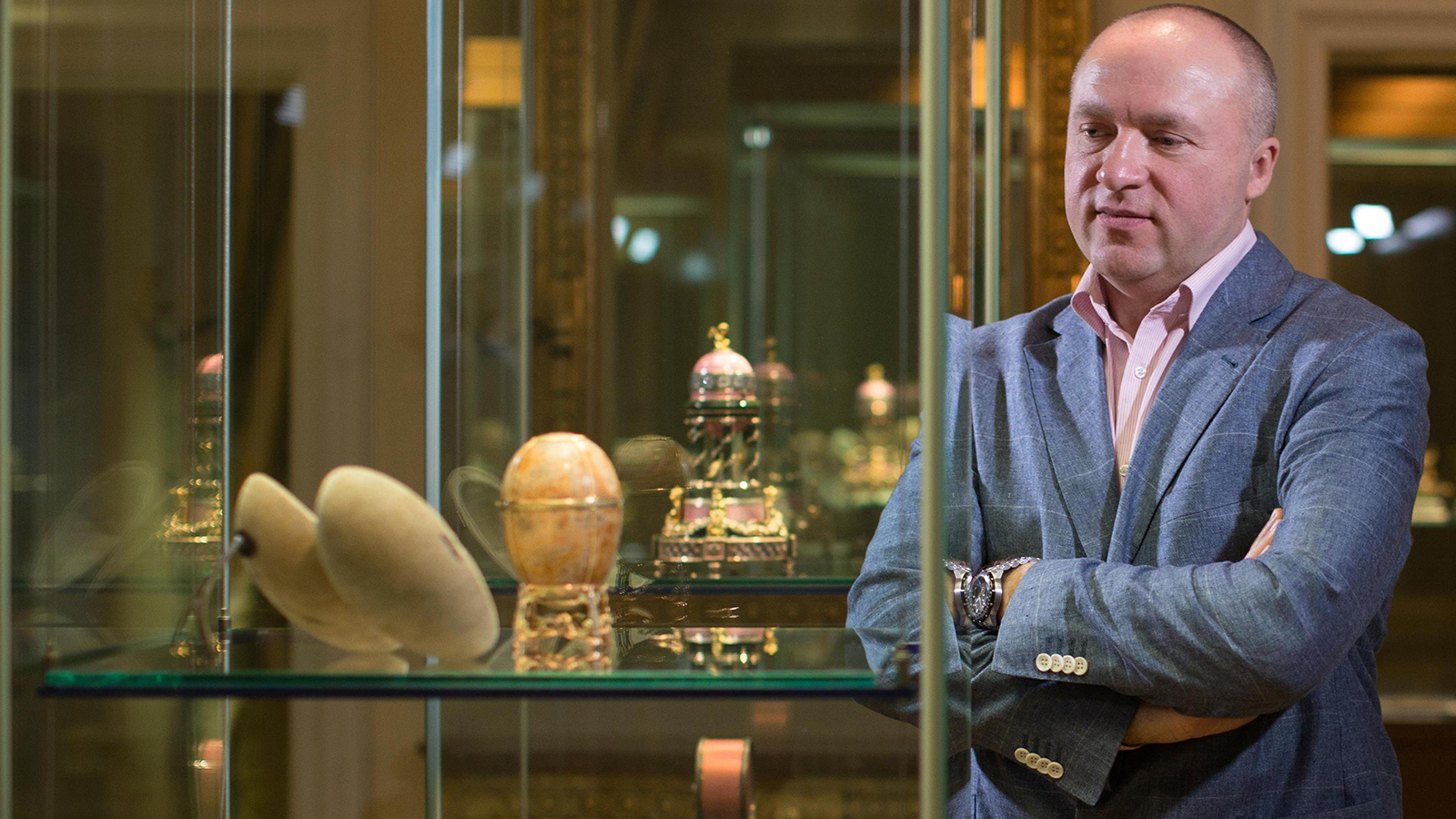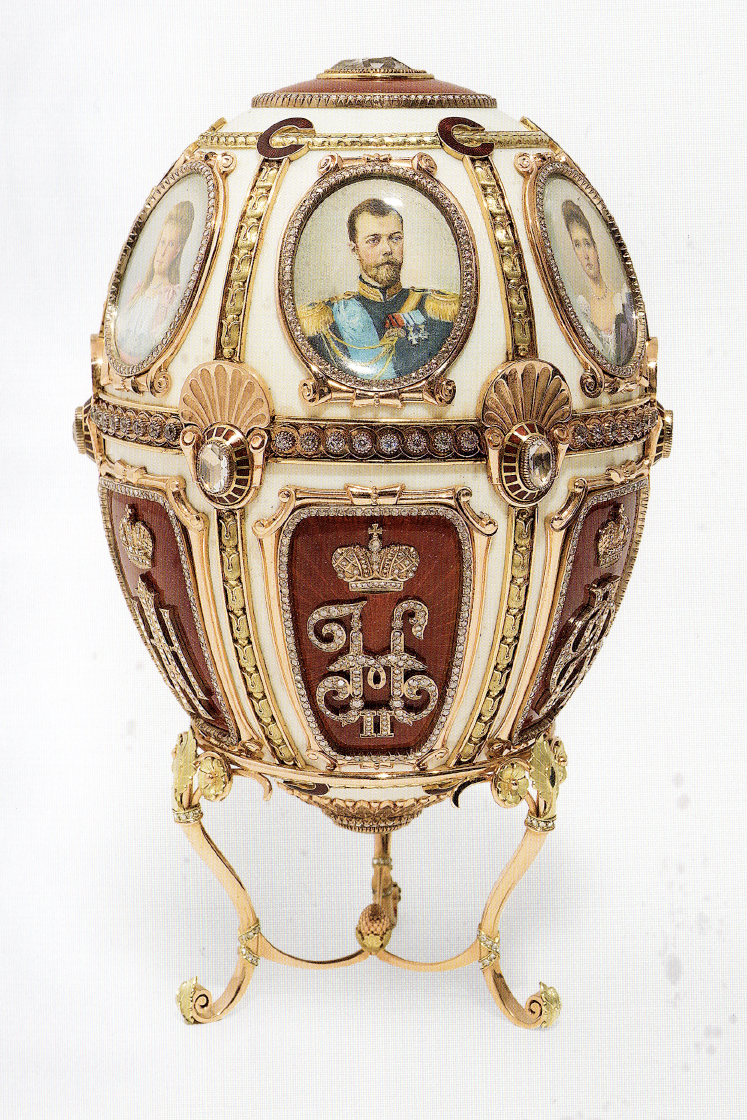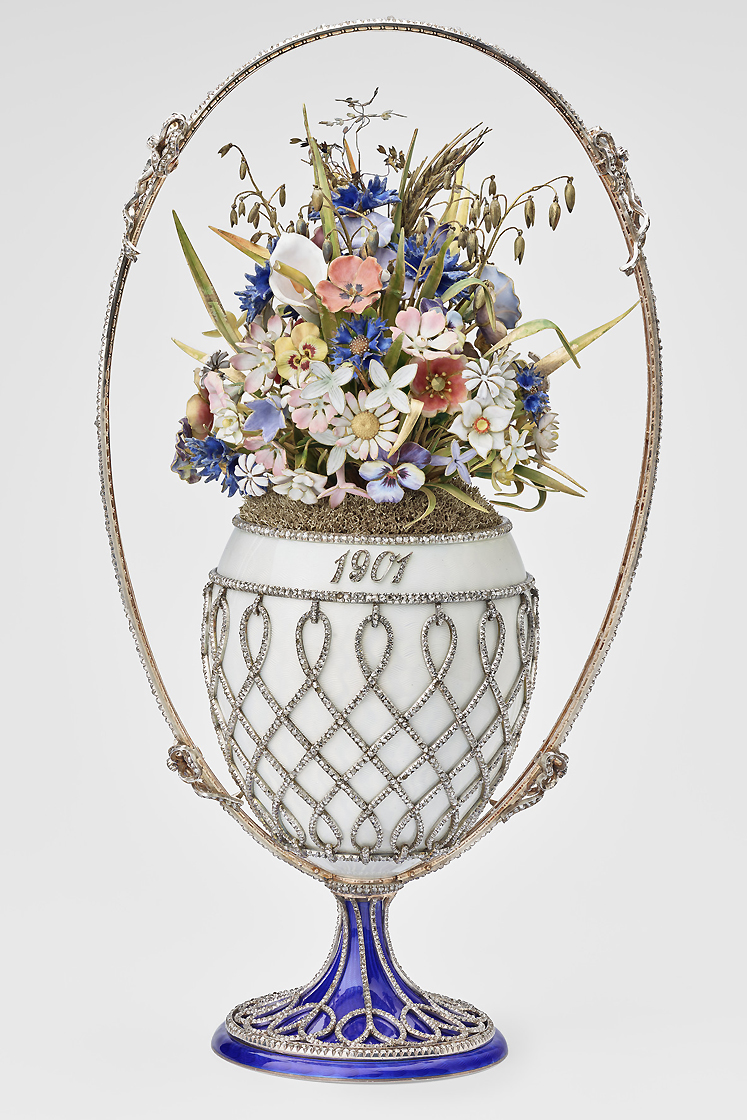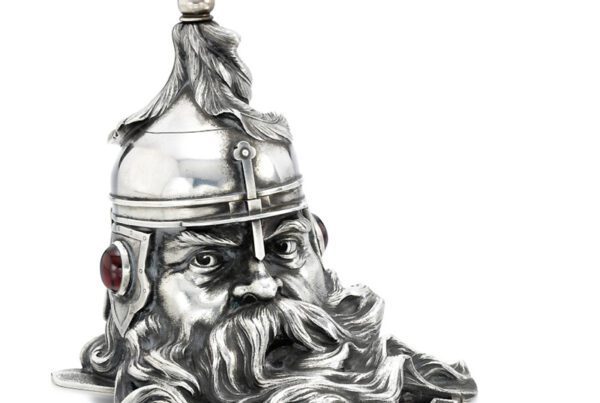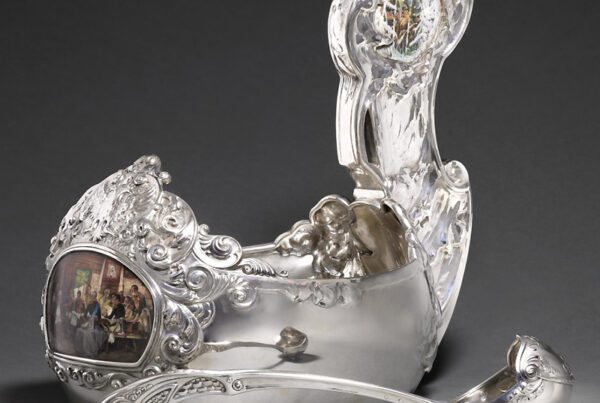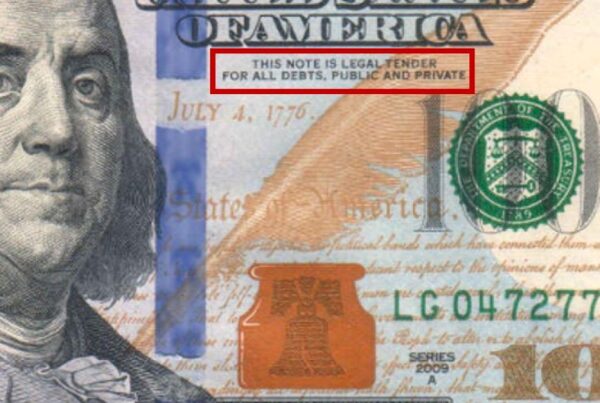As the Hermitage did not allow me to share the floor, I would like to take this opportunity to respond. Mr Ivanov keeps on referring to his ‘documents.’ He appeared in the Hermitage clutching what appeared to be a bundle of print-outs meant, apparently, to dispel all doubts and misinterpretations. However, as anyone who has written at least one essay in their lifetime will know, sheets of paper only form a document if we know where they come from. If Mr Ivanov wants his sheets of paper to be discussed seriously, he needs to say exactly where he found them. If the answer is ‘grandma’s attic’ we’re going nowhere.
We need to know where in the archives they come from: name, fund number, inventory, box and page. The number of these ‘documents’ keeps on growing. Whenever Mr Ivanov is alerted to any discrepancy or anachronism concerning the objects he owns – as with the miniature portraits of the Grand Duchesses on his ‘Wedding Anniversary Egg’ being based on prototypes later than the Egg itself – he immediately produces a hitherto unknown piece of paper, as if he were pulling a rabbit out of a hat.
Mr Ivanov has baselessly accused me of peddling rumours and unverified information. I can’t think what has led him to such a conclusion: everything I discussed in my letter was supported by links, published data and freely available material in the Russian State Archives. You can easily check this by seeing what I wrote.
I would like to emphasize that, when presenting items from his own collection as original, Mr Ivanov does not find himself in contradiction with Andre Ruzhnikov but with prevailing beliefs. The theories he propounds turn everything we know about Fabergé upside-down.
One of Mr Ivanov’s key arguments concerns the ‘1904-1905 problem.’ All researchers without exception believe no Easter gift was completed and presented to the Tsar during these two years. There was total consensus on this point among academics until Mr Ivanov came along. Their belief was shared by two art historians with whom Ivanov has often worked: St Petersburg researcher Valentin Skurlov (Fabergé, Proler & Skurlov: The Fabergé Imperial Easter Eggs, London 1997, pp 58-60); and the late Hermitage curator Marina Lopato, who wrote in her doctoral thesis in 2006 that ‘according to current knowledge, the firm [Fabergé] made fifty Easter eggs for the two empresses. Thirty were presented to Maria Feodorovna, eight of which are now lost. No eggs were produced in 1904 or 1905 due to the Russo-Japanese War’ (M. Lopato: The Formation & Development of the St Petersburg School of Art Jewellery in the 18th /19th Centuries [thesis for degree of Doctor of Arts], St Petersburg 2006, p. 227).
It is a well-known fact that Easter gifts commissioned for 1904 were not presented to the Empresses until 1906. Marina Lopato’s dissertation was the last academic publication she devoted to Imperial Easter Eggs. I am sure that, had she come across new information contradicting her previous viewpoint, she would have hastened into print to set the record straight.
Pleading innocence, Mr Ivanov misinterprets historical facts while simultaneously insulting those unable to answer back. In the 1920s and 1930s staff at the Kremlin Armoury heroically defended the safety of museum valuables, sometimes at the price of their own lives. Yet, to Mr Ivanov, they were thieves plundering art treasures in return for a loaf of bread. Had he treated their work with greater respect he would surely have known that the ‘white enamel egg and bouquet of flowers’ that he cites from the Armoury selection list, with inventory number 17555, was granted a far more detailed description in the 1920s inventory compiled by Museum Director Dmitry Ivanov:
Easter gift in form of gold, silver and translucent white enamel fretted egg-shaped basket; latticework pattern to sides picked out in silver-mounted rose-cut diamonds; date 1901 in rose-cut diamonds below front rim; handle formed by silver-mounted rose-cut diamonds with four ribbon-bows of rose-cut diamonds; containing bouquet of gold and enamel wild flowers set in golden moss, twelve flowers with pearl pistil. Approx. 4,000 rose-cut diamonds in all; height (inc. handle) – 21.7cm; width – 11.5cm; weight – 712g; cost of materials – 1,100 rubles. Fabergé, St Petersburg 1901. Gift from Nicholas II to Empress Alexandra Feodorovna, Easter 1901. Received from Jewellery Association Store 27 July 1927, inventory N° 2. Slight damage to enamel on basket and leaves in two places (Russian State Historical Archives Fund 468, Inv. 44, box 1410, ff 10v/11; published by T.A. Tutova in The Fate of the Russian Imperial Treasures – Journals of the 1922 Kremlin Commission; Moscow 2015, Vol. I, pp 112-113)
- ‘Wedding Anniversary Egg’ – exhibition catalogue, Fabergé – Jeweller to the Imperial Court
- Basket Of Flowers Egg (The Royal Collection Trust)
In my opinion there is zero possibility that this description refers to an egg with miniatures produced in 1904. I also find it absurd for Mr Ivanov to try and lend credibility to an obviously forged French catalogue by claiming that the Hôtel Drouot was ‘a separate company’ that had nothing to do with Maurice Rheims. Mr Ivanov seems unaware that, until relatively recently, Parisian commissaires-priseurs (as French auctioneers are known) were obliged by law to stage all their sales at the Hôtel Drouot. For Mr Ivanov’s findings to have left no written trace seems wildly implausible, and defies all logic. Since the turn of the century Mr Ivanov has managed to unearth half-a-dozen Imperial Easter Eggs. During this time all the world’s other Fabergé sleuths have managed to track down just two between them (which Mr Ivanov has dismissed as fakes).
Our lucky collector has been equally blessed in his quest for unknown imperial tiaras, four of which are to be found in the Hermitage exhibition. Although there are no other Fabergé imperial tiaras in Russia, Ivanov did not have to look very hard for his – one was sold by a private London dealer in 2013, another one year later a few hundred yards away, at Christie’s. The previous owners were blissfully unaware they had been in the possession of Russian imperial treasures. Christie’s jewellery department described their tiara as an anonymous 19th century production; the
London dealer came to the same conclusion.
It would take hours to list all the oddities associated with Ivanov’s collection. I’m not bothered about explaining them. I just say what I see.
Whether intentionally or not, discussion has been channelled towards counter-productive talk about the personal qualities of Mr Ivanov, Mr Piotrovsky and myself. May I stress that I harbour no personal antipathy towards either gentleman.Speculation about some kind of professional conflict between Mr Ivanov and myself is equally groundless. Before anyone repeats anything of this sort, I would like to know exactly what this ‘conflict’ is supposed to consist of.
To sum up: I wish to emphasize that my only interest lies in establishing the truth. I find it strange that Mr Ivanov felt the need to explain that the exhibits’ authenticity had been assessed by the Hermitage before, rather than after, the exhibition opened. I realize a staff shortage may have arisen due to Marina Lopato’s untimely death, making full verification difficult, but I’m afraid that’s hardly a valid excuse.
VIDEO OF IVANOV’S HERMITAGE PRESENTATION 21 JANUARY 2021
TRANSCRIPT OF IVANOV’S HERMITAGE PRESENTATION 21 JANUARY 2021

